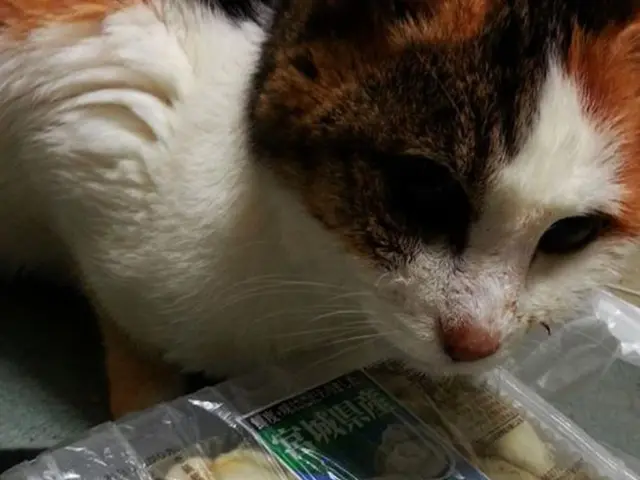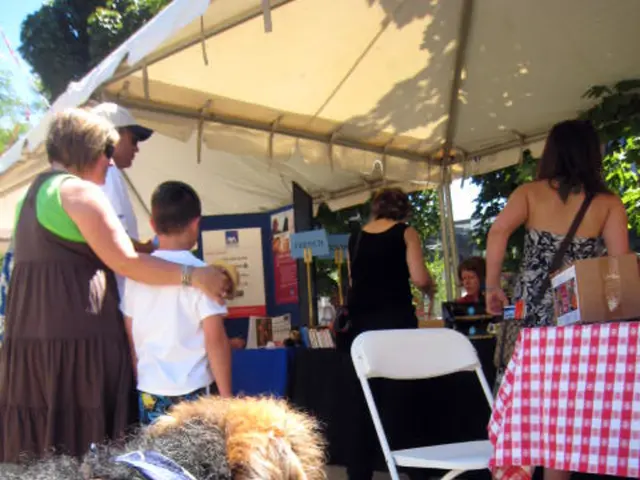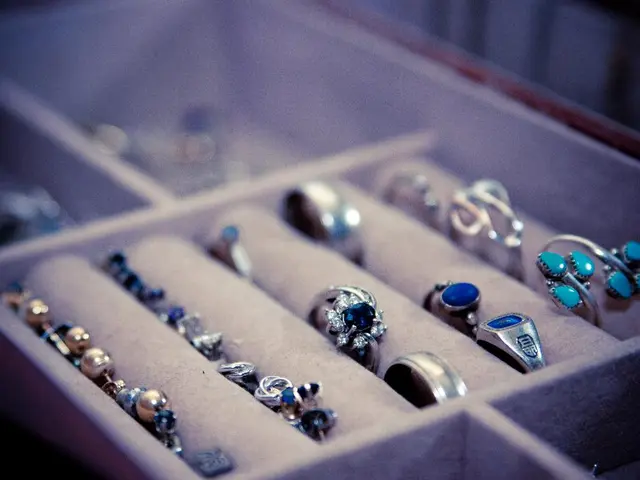Crucial Moments in a Puppy's Life: 8 Significant 'Firsts' You'd be Remiss to Ignore
A Guide to the Firsts with Your New Puppy: Building a Solid Foundation for Growth
Bringing a new puppy into your home is an exciting time filled with numerous milestones that will shape their development into a well-mannered and happy adult dog. To ensure a smooth transition, our experts have shared some important "firsts" to guide you through this critical period.
Key Milestones for New Puppy Parents
1. A Peaceful Introductory Night at Home
The first night spent away from their siblings can be overwhelming for a new puppy. Veterinarian Dr. Elizabeth Morley suggests using Adaptil, a soothing pheromone product, to create a calming environment. You can spray it on their bedding or use a plug-in diffuser. Soft music or a heartbeat toy may also help them feel more comfortable.
Founder of A&T Trained Dogs, Tarik Jayousi, recommends setting up a designated sleeping area with familiar scents, like a blanket from their breeder or rescue. Avoid continuing to comfort a whining puppy as it may reinforce anxiety. Instead, offer calm reassurance and establish a bedtime routine to create structure.
2. The Importance of the First Vet Visit
The primary purpose of the first vet visit is to establish a health care plan, including necessary vaccinations, socialization advice, and heartworm prevention. Dr. Morley emphasizes the importance of this visit, noting that it's also a chance for your vet to check for any potential health issues and provide guidance on selecting a suitable parasite protection product.
For example, Credelio Quattro, a beef-flavored chewable tablet, is a monthly treatment that protects dogs against ticks, fleas, heartworm disease, roundworms, hookworms, and tapeworms. It's suitable for puppies as young as 8 weeks old.
To make the experience as stress-free as possible for your puppy, Jayousi recommends bringing some high-value treats and allowing your puppy to explore the exam room before the vet begins handling them. Early positive associations with the vet can make future appointments easier and reduce anxiety.
3. The First Exploration Outside
Taking your puppy outside for the first time is a valuable opportunity for them to learn about their surroundings. However, since your puppy won't be fully vaccinated until at least 16 weeks, it's crucial to choose a safe environment. Avoid dog parks, dog runs, and other areas with heavy pet traffic until your dog is fully vaccinated to minimize the risk of infectious diseases.
Start in low-traffic areas such as your backyard or a quiet neighborhood street to help your puppy get accustomed to leash training while exposing them to new sights and sounds. Obeying basic commands like "sit" and "stay" can prevent them from running off or getting into trouble.
4. First Steps in Leash Training
Patience is vital when leash training your new puppy. Start by encouraging your puppy to follow you on a short leash, offering treats and praise for good behavior. As your puppy grows more comfortable, gradually increase the distance you walk together.
The critical window for socialization is between 12 and 16 weeks of age. However, it's best to avoid common areas frequented by other dogs until your dog is fully vaccinated to minimize the risk of exposure to contagious diseases. Instead, practice leash training in quieter areas to help your puppy get used to the leash without overloading them.
5. Leaving Your Puppy Home Alone for the First Time
Being left alone for the first time can cause stress for puppies. To avoid separation anxiety, follow a structured plan from the beginning. Begin by leaving your puppy alone for short periods, gradually increasing the length of time as they grow more comfortable.
Crate training can be an effective approach to helping puppies feel secure and reducing the chance of destructive behavior. Make sure the crate is a comfortable, den-like space by placing a comfy bed and familiar toys inside. Avoid using the crate as punishment, as this can cause confusion and reinforce negative behavior.
6. Managing the First Potty Accident
Accidents are common during potty training, but with the right approach, their frequency can be minimized. Pay attention to moments such as eating, drinking, or waking up from a nap when your puppy may need to go.
If you catch your puppy in the midst of an accident, refrain from scolding them. Instead, gently redirect their attention and take them outside to finish. Praise them when they eliminate in the correct spot to encourage positive behavior.
7. Supporting Your Puppy through Teething
At around 3-4 months old, your puppy will begin to grow their adult teeth, which may lead to discomfort and an increased urge to chew. Offering frozen treats or softening their kibble can help make mealtime more manageable for your teething puppy. Introducing appropriate chew toys can also help satisfy their chewing needs.
8. The First Excursion to the Dog Park
Visiting the dog park for the first time can be a great opportunity for your puppy to socialize with other dogs and work off some energy. Wait until your puppy has received their last vaccine boosters, typically around 16 weeks old, to ensure they are protected from contagious diseases like parvovirus.
Schedule your puppy's first visit to the dog park at a quieter time to reduce the risk of overwhelming them. Always keep an eye on your puppy and intervene if they appear nervous or uncomfortable.
Additional Tips for Success with Your New Puppy
1. Establish a Routine Early
Puppies thrive on consistency. Create a schedule for feeding, potty breaks, and bedtime to help your puppy feel secure and learn faster.
2. Positive Reinforcement
Use rewards, like treats, praise, or playtime, to encourage good behavior and facilitate learning. Consistently praise your puppy when they do something correctly to support their positive behavior.
3. Safe and Gradual Socialization
Gradually introduce your puppy to new environments, people, animals, and sounds. Early socialization is vital, but make sure they are protected with vaccines before visiting high-traffic areas.
4. Patience, Patience, and More Patience
Training, house training, and learning to walk on a leash all require patience. Stick to a consistent routine, and avoid punishment-based training methods, which can lead to fear and confusion.
5. Proper Nutrition
Select high-quality puppy food that matches your puppy's breed and size, and feed them at regular intervals to support digestion and establish a routine.
6. Monitor Health Closely
Keep track of your puppy's vaccinations, dental health, and general well-being. Regular vet visits and dental cleanings can help maintain your puppy's health and catch any potential issues early.
By thoughtfully navigating these essential firsts, you will set your puppy up for a happy, healthy, and confident adulthood[1][2][3].
[1] MyElancohttps://my.elanco.com/us/credelio-quattro (Accessed March 31, 2025)[2] ASPCAhttps://www.aspcapro.org/ (Accessed March 31, 2025)[3] American Kennel Clubhttps://www.akc.org/ (Accessed March 31, 2025)
- To ensure a relaxing environment for your puppy, you might consider using Adaptil, a soothing pheromone product, in combination with unfamiliar scents from their breeder or rescue, in their designated sleeping area. soft music or a heartbeat toy may also help create a calming atmosphere.
- Starting a home-and-garden hobby, like growing dog-safe plants or setting up a pet-friendly garden, can provide a stimulating environment for your puppy to play and explore, promoting a healthy lifestyle and bonding with them.








